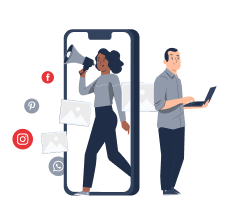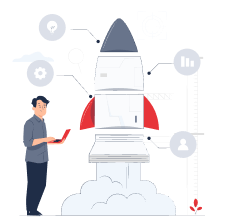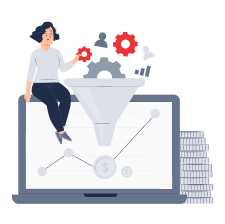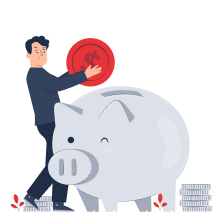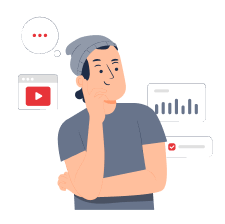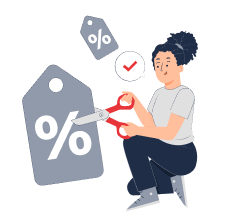SCORE Model
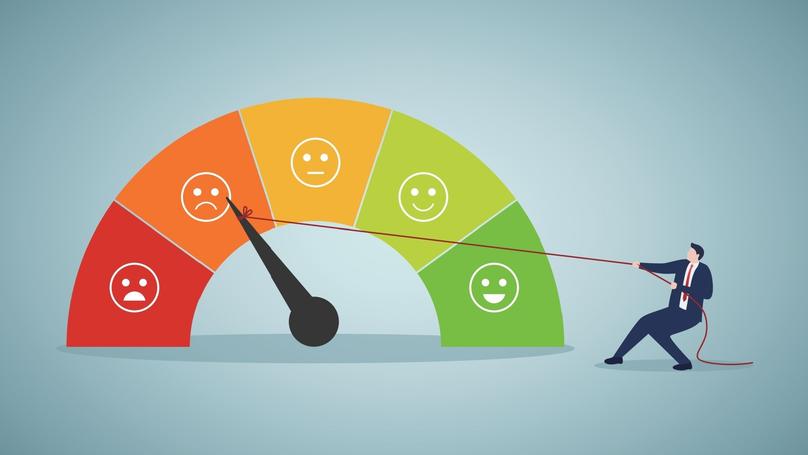
What is the SCORE model: Definition and origins
The SCORE model, also known as SCORE technology, is a versatile tool used in coaching, psychology, and especially in neurolinguistic programming. As a practical NLP method, it helps examine and resolve challenges, establish and achieve goals, and drive significant intrapersonal positive change. The SCORE model provides a structured approach to achieving goals, enabling individuals to analyse situations holistically, identify root causes, and develop a clear plan for their desired results.
Practically, the SCORE model examines the relationships between the key components of an issue: Symptoms, Causes, Outcomes, Resources, and Effects. Through evaluating these connected elements, a coach or psychologist helps the individual understand their current situation, pinpoint the root causes of the issue, set clear goals, and identify the resources needed to achieve them. This structured approach can be used to tackle immediate concerns and support long-term personal growth, such as career planning.
Developed in the 1970s as NLP evolved, the SCORE model was created by Robert Dilts and Todd Epstein. Aiming to reveal the underlying cognitive and behavioural patterns that lead to internal and external limitations. The SCORE method combines various coaching techniques and NLP principles, including modelling, anchoring, and submodality shifts, to provide a practical, structured framework for effective customer service.
Defining the SCORE acronym
SCORE is an acronym that stands for:
-
Symptom refers to the current issue, challenge, or unwanted condition the client is facing. In other words, it's the part of their life or themselves that they want to change or improve.
-
Cause. Refers to the underlying factors, events, or beliefs that have contributed to the emergence of the problem. These are the root causes of the issue that need to be identified in order to make effective adjustments. Often, these causes are rooted in the individual's mindset, uncovering limiting beliefs and deep-seated assumptions.
-
Outcome. The desired outcome that the individual wants to achieve. This is a clearly defined result, a concept that needs to be realised, and against which measurable and achievable goals can be determined.
-
Resources. Skills, knowledge, beliefs, connections, or other factors that the client needs to achieve one of their overall goals or a set of smaller, related goals. This is what will help the client change their current situation, including both internal resources (such as time and skills) and external ones (like finances, the right moment, connections, and so on).
-
Effects. These are the benefits that result from achieving their objective. It shapes how the client's life will change once they reach their desired outcome and complete the required work on their beliefs.
Every part of the SCORE model is crucial to the process of analysing and tackling a challenge. As these elements are closely linked, missing one can affect the overall effectiveness of this approach.
Using the SCORE model in coaching
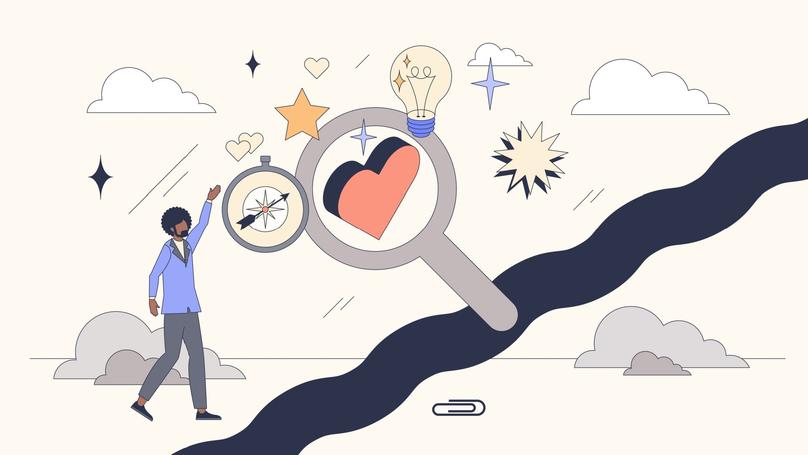
In coaching, the SCORE model serves as an outline to guide the session, review the individual's needs, and identify specific actions to achieve their goals. By asking targeted questions, the coach explores every part of the SCORE model, helping the client gain clarity and understand the following:
-
Symptom: What's really troubling them? What emotions are they feeling? Which particular behaviours, or lack of them, have contributed to the unsatisfactory outcome that ultimately led them to seek coaching?
-
Cause: What past events might have contributed to the issue developing? What beliefs or attitudes held by the client are perpetuating their current situation? And what fears or limiting factors could be holding them back? The GROW model is often used when investigating underlying causes.
-
Outcome: What is the client aiming to achieve? How will they feel once they've reached their goal? What specific actions will they take to get there? And how might reaching this goal change their life? This is where development coaching can step in.
-
Resources: What skills, knowledge, or experience does the individual already have? What resources do they need to acquire or develop? Who can assist them?
-
Effects: What impact could achieving their goal have on the client's life? How might it positively influence their surroundings and relationships with others? And how might it boost their self-esteem and confidence?
Therefore, the SCORE model provides coaches with a framework to structure conversations, steer the client's focus toward key elements of the issue, and help create a clear path to their goals. Instead of offering ready-made solutions, the model acts as a reliable system to drive the necessary changes.
Interesting fact: The GROW model is a widely recognised coaching framework that helps guide the process of setting and achieving goals. The acronym stands for four key stages: Goal, Reality, Options, and Will. It begins by identifying the anticipated outcome, followed by an assessment of the current situation. Next, it explores possible strategies for achieving the goal, and finally, it focuses on creating a concrete action plan and committing to fulfilling it.
The SCORE model in NLP: Characteristics and distinctions
The SCORE model in NLP is a widely used method for uncovering patterns of thought and behaviour. Its application involves bespoke techniques and principles unique to NLP, specifically tailored to fit the SCORE framework. For example, these may include:
-
Modelling. Examining the successful strategies and behaviour of others and adapting them to help the client tackle their problem, essentially borrowing ideas from them.
-
Anchoring. Creating links between specific sensory cues, such as touch, sound, or images, and empowering emotional states like confidence, calmness, or motivation, allowing quick access to these states when needed.
-
Changing submodalities is a technique that involves altering the characteristics of the internal image of a situation, such as its brightness, size, location, or the volume of voices, to rework the emotional response.
-
Reframing. Shifting the client's perspective on a situation to uncover new opportunities and resources.
Within NLP, the SCORE model is often combined with other techniques, such as Timeline Therapy, the Meta-Model, and trance work. What distinguishes the SCORE model in NLP is its emphasis on revealing and addressing subconscious methods and limiting beliefs that may impede a client's progress. By doing so, the practitioner helps the client identify and overcome acknowledged obstacles, clearing the way for new opportunities and access to resources. As a result, the SCORE technique in NLP is part of transformational practices.
Applying the SCORE model step by step
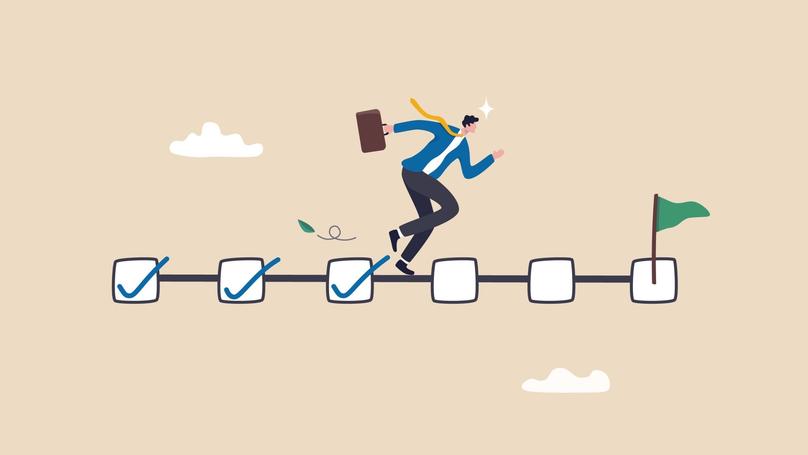
Using the SCORE model involves a structured series of stages, each with targeted questions to help the client clearly explore and understand every part of the procedure.
1. Symptom
At this point, it's crucial to clearly define the problem or undesirable situation the individual is facing. So, gather as much detailed information as possible about what particularly bothers them, when and where it occurs, and how it impacts their life. To achieve this, you need to answer the following questions:
-
What particular manifestations of the problem do you encounter?
-
When did you first become aware of this issue?
-
Under what circumstances does it tend to happen most often?
-
What emotions do you feel when this occurs?
-
In what way does this problem impact your life, work, and relationships with others?
-
What have you tried already to resolve it?
Example: A client reports experiencing persistent anxiety before public speaking. In cases like this, self-coaching techniques can be particularly effective.
2. Cause
At this stage, it's vital to delve into the underlying causes of the problem. This involves examining the events, beliefs, or attitudes that may have contributed to the issue. The following questions can help steer this investigation:
-
Do you have any idea what might have caused this issue?
-
Were there any past events that might have contributed to it?
-
What beliefs or attitudes contribute to the recurrence and persistence of this problem?
-
What fears or anxieties do you have regarding this issue?
-
What are you missing out on because of this problem?
-
What secondary advantages does this problem provide you with?
For example, a client remembers being teased by their classmates during childhood after giving a poorly prepared presentation. This experience led to the conviction: "I'm not good at public speaking, and others will judge me." Using the GROW model, as discussed earlier, can provide a deeper understanding of this belief and situation.
3. Outcome
At this point, it's crucial to clearly and specifically outline the client's desired outcome. This involves examining how they'll feel once they've achieved the goal, what actions they'll take, and how their life will change as a result. This step is vital to encouraging motivation before taking action, and it also sets the stage for purposeful and strategic planning, eliminating the need to proceed without direction.
-
Describe in 3-5 words what outcome you aim to achieve.
-
What will you feel like when you achieve it?
-
What particular steps do you need to take to achieve this?
-
How will your life change when you achieve this goal? Describe the various areas it will affect.
-
What will you see, hear, and feel when you reach your goal?
-
How might others respond to your changes?
Example: Someone who wants to feel calm and confident when speaking in public aims to express their ideas clearly and engagingly, and to enjoy communicating with the audience genuinely. To help them achieve this, they might start attending public speaking classes or join a debating group.
4. Resources
At this point, it's essential to identify the resources the client will need to reach their goal. These might include particular skills, knowledge, supportive beliefs, connections, financial resources, or other key factors. To pinpoint these resources, consider the following questions:
-
What skills or knowledge do you need to reach your goal?
-
What resources do you currently have?
-
What resources do you require?
-
What else have you not mentioned that could help you achieve your goal?
-
What beliefs do you need to change to achieve your goal more quickly and easily?
-
What positive qualities do you possess that assist you on your journey?
For example, a client may recognise that they need to enhance their public speaking skills, manage their emotions, and seek support from friends and colleagues. They can shift their mindset from "I can't speak well in public, and people will judge me" to "I can learn how to speak well in public, and people will support me." They can dedicate an extra 3-4 hours a week to attending previously chosen courses and draw on their sales experience, where they also had to communicate effectively and address objections.
5. Effects
Now is the time to consider the positive effects that achieving the goal will have. Imagine how it could transform their life, increasing their self-esteem and confidence, deepening their relationships, and potentially enhancing their mental and physical well-being.
-
What positive effects will achieving your goal have on you and those around you?
-
How will it impact your self-esteem and self-confidence?
-
How will it affect your personal relationships, such as those with your children, spouse, and parents?
-
What can you achieve that you couldn't achieve before?
-
What overall impact will this have on your life's work or purpose?
Example: once they've achieved their goal, the client imagines themselves speaking confidently and composedly in front of any audience. They'll earn respect from colleagues, advance their career, and feel a greater sense of happiness and fulfilment. This success will enable them to make a positive difference in the world by sharing their expertise with others and taking on the role of a professional speaker and coach.
Examples of how the SCORE model is applied in practice

The SCORE model's function showcases its versatility in addressing a variety of issues. Below are several examples illustrating how the SCORE model can be effectively utilised in coaching:
-
Career development. The client aims to secure a promotion but is unsure about the steps needed to make it happen. By using the SCORE model, he identifies the key skills, knowledge, and relationships necessary for career advancement. As he progresses, he changes his self-doubt, "I'm not competent enough for a promotion", to a more empowering belief: "I can develop the skills needed for a promotion."
-
Personal relationships. The individual is experiencing difficulties in their relationship with a partner. Using the SCORE model, they examine the underlying causes of conflict and define their desired outcome: a harmonious and trusting bond. They pinpoint essential resources, such as effective communication skills and the ability to genuinely listen and empathise, shifting the limiting thought "We are incompatible" into "We can learn to understand each other and build a strong, lasting connection."
-
Business management. The company is experiencing a decline in profits. By applying the SCORE model, management identifies key contributing factors, including ineffective marketing efforts, outdated product offerings, and inadequate customer service. They then define a clear objective: to boost profits and expand their market share. They identify essential resources, including new marketing strategies, product innovation, and improved customer support.
-
Overcoming fears. The client has a fear of flying. Using the SCORE model, they examine the underlying causes, including past negative experiences, anxious thoughts, and limited understanding of flight safety. They then set a clear goal: to fly with calm and confidence. By finding helpful resources, such as reliable safety information, relaxation techniques, and psychological support, the individual can change their limiting belief from "I can't cope with the flight" to a more empowering one: "Flying is manageable, safe, and can even be enjoyable."
Benefits of using the SCORE model
The SCORE coaching model offers several advantages that render it an effective tool for problem-solving and goal achievement:
-
Structured approach. The SCORE model is structured to provide a flexible framework for evaluation and problem-solving, ensuring that all key elements are covered when addressing particular challenges.
-
Thorough analysis. Employing the SCORE model facilitates a thorough examination of a problem, revealing its root cause and devising a strategic plan to reach the desired outcome, regardless of whether it is specific or broad in scope.
-
Psychological comfort. The SCORE model is straightforward and highly adaptable, making it accessible for self-directed use at any time and in any location. Its simplicity renders it an ideal starting point, even for those unfamiliar with personal development coaching.
-
Motivation and accessible goal setting. There are various goal-setting methods, but the SCORE model enables clients to recognise real prospects and opportunities, as well as to clarify their desires and articulate them in practice.
-
Versatility. The SCORE model is a versatile framework that can be applied to a wide range of challenges, whether in personal relationships, professional settings, or even for individual self-coaching.
It's worth noting that the SCORE model is merely one tool, and its effectiveness largely depends on the coach's expertise and qualifications, as well as the client's willingness to engage in self-reflection and embrace change, both of which are essential drivers of personal growth.
Criticisms and limitations of the SCORE model
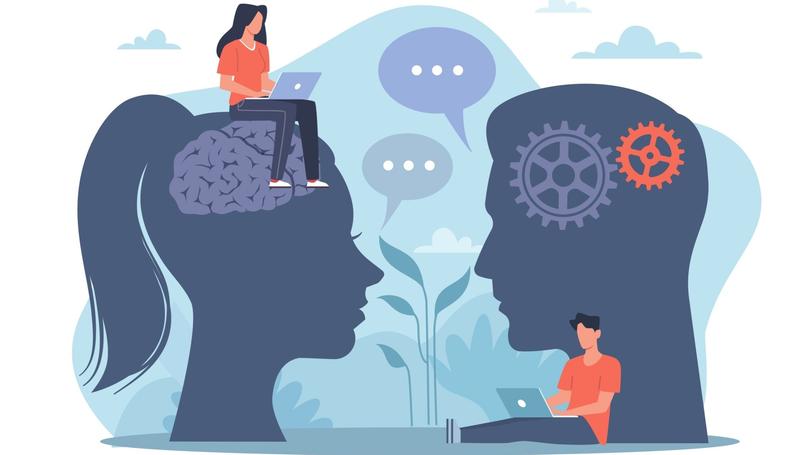
Despite its numerous advantages, the SCORE model also presents certain limitations:
-
Prejudice. The client's personal perception significantly influences the effectiveness of the SCORE model assessment, their capacity for self-reflection, and their commitment to personal growth, particularly since half of the model's focus is on transforming thought patterns.
-
Oversimplification. While the SCORE model can make complex situations easier to understand, it's sometimes necessary to expand the list of questions to cover all areas.
-
Time costs are involved. Completing all stages of the SCORE model can take anywhere from several hours to a few days, but applying it may require up to six months.
-
The need for a qualified specialist. Ideally, using the SCORE model still requires external support, such as a professional coach or psychologist, as this model relies on ensuring that goals or traits are not substituted for one another.
-
Not always appropriate. The SCORE model is most effective for clients who are mentally healthy and emotionally stable. As a result, it might not be the most appropriate approach for people struggling with conditions like generalised anxiety disorder, panic attacks, or severe aerophobia.
Conclusion: When to apply the SCORE model
The SCORE model is a valuable and versatile tool for addressing problems and finding solutions to seemingly problematic situations. However, before using it, it's essential to ensure that the model is suitable for the situation. It's best applied when a client requires a structured approach, has been struggling with the same issue for a long time, and needs help understanding the underlying causes. The SCORE technique in NLP is also relevant when trying to improve personal relationships or address internal limitations and fears. On the other hand, SCORE is not recommended for cases where someone needs an immediate solution or when the problem is linked to mental health issues.
The SCORE coaching model is a powerful resource for individuals seeking personal development, effective problem-solving, and achieving their goals. When applied correctly, it empowers you to unlock your potential, break through self-imposed barriers, and design the life you envision.









